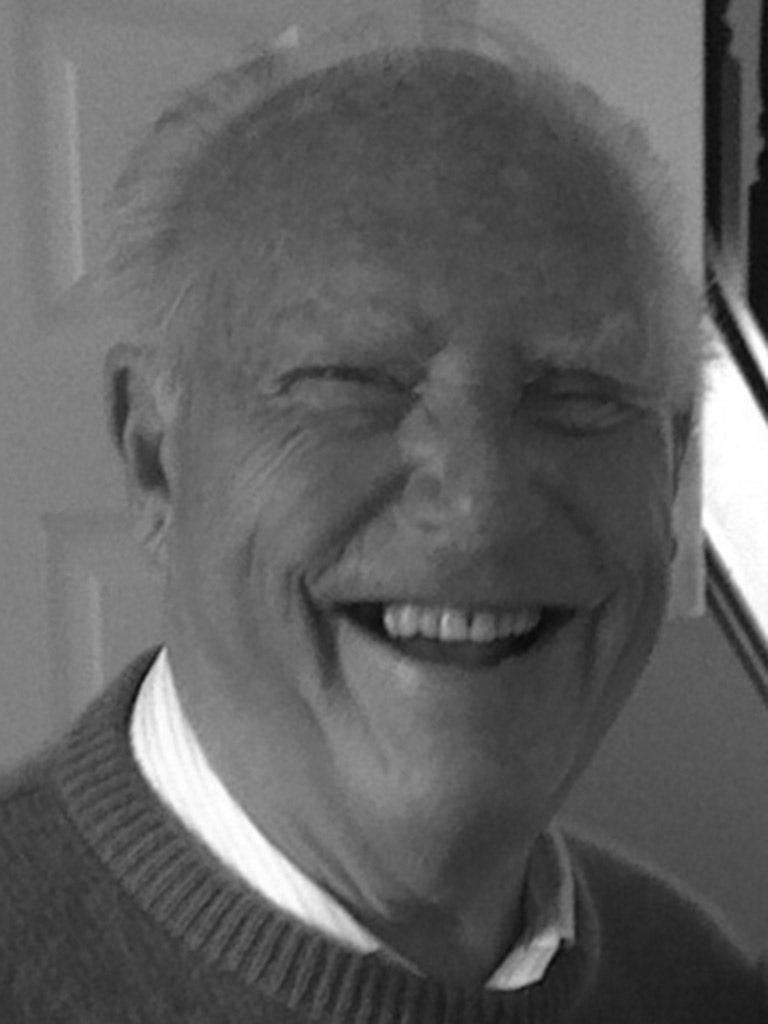Professor W John Thomas: Chemical engineer with an equally formidable facility for mathematics
Thomas combined great mathematical skills, dexterity as a glass-blower, and a great love for playing the organ

Your support helps us to tell the story
From reproductive rights to climate change to Big Tech, The Independent is on the ground when the story is developing. Whether it's investigating the financials of Elon Musk's pro-Trump PAC or producing our latest documentary, 'The A Word', which shines a light on the American women fighting for reproductive rights, we know how important it is to parse out the facts from the messaging.
At such a critical moment in US history, we need reporters on the ground. Your donation allows us to keep sending journalists to speak to both sides of the story.
The Independent is trusted by Americans across the entire political spectrum. And unlike many other quality news outlets, we choose not to lock Americans out of our reporting and analysis with paywalls. We believe quality journalism should be available to everyone, paid for by those who can afford it.
Your support makes all the difference.Dynevor Secondary Grammar School in Swansea, which was closed in 2002, was renowned in my youth as a cradle for gifted rugby union footballers and also for the outstanding quality of its teaching – former students include Rowan Williams (Archbishop of Canterbury), the irrepressible Sir Harry Secombe, and Lord Griffiths of Fforestfach, Margaret Thatcher's guru. It was there that John Thomas's lifelong interest and devotion to the physical sciences was first kindled. It was also while playing for his school's rugby team, in his late teens, that he lost the sight of an eye.
In 1948 he entered the University College of Swansea, graduating in 1951 with honours in chemistry. This led him to Imperial College, where he took his PhD in chemical engineering in 1954, the year he was appointed to a research post in the Mond Nickel Company, outside his native town. From 1956-59 he was an assistant lecturer in chemistry at the University in Swansea, but such were his formidable mathematical, as well as chemical skills, that he was recruited by the Atomic Energy Research Department, Harwell, where he worked for two years before returning for a seven-year period as a member of staff of the newly established Department of Chemical Engineering in Swansea.
It was during the latter period of his lectureship that we jointly wrote our first work, An Introduction to the Principles of Heterogeneous Catalysis, which was translated into Russian in 1970 and served as an extensively used undergraduate textbook worldwide.
So impressive was his work in elucidating the properties of a large variety of heterogeneous catalysts that in 1968 he was appointed as Professor and Head of School of Chemical Engineering in the University of Bath, where he established an exceptionally effective department. His own researches into adsorption of gases and liquids on solids, as well as his seminal work on the role of diffusion in porous solids, and in the techniques of gas separation, earned him an international reputation. As head of chemical engineering he played a key role in introducing biotechnology into the engineering discipline at Bath. He also served under the eminent Vice-Chancellor, L Rotherham, FRS, as Pro-Vice-Chancellor from 1987 to 1993.
In 1995 he was elected a Fellow of the Royal Academy of Engineering for his distinguished researches into various aspects of catalysis, especially in establishing the importance of surface diffusion in governing the selectivity and activity of a range of solid catalysts. From 1988 to 1991 he was Vice-President of the Institute of Chemical Engineers, and was for six years chairman of its Research Committee.
He also gave sterling service to the Science and Engineering Research Council for a six-year period from 1987, being Chairman of its Separation Processes Committee. His work on gas separation, some of which was carried out jointly with his colleague, Professor BD Crittenden, has been widely used in the oil and gas industry.
His eyesight deteriorated significantly from the early 1990s onwards. Yet he journeyed on numerous occasions, accompanied by his devoted guide dog, to and around London, and other centres of learning, to fulfil his public, administrative and lecturing engagements.
Thomas combined, in a singular way, great mathematical skills, dexterity as a glass-blower (especially in his earlier academic career, when he assembled his own apparatus), a great love for playing the organ – he was church organist at Bathampton for several years – and for music generally. Most important of all, he exhibited perpetual optimism and buoyancy. Even though he gradually lost the sight of his other eye – he was registered blind in 1996 – his positive can-do approach to life and his contagious cheerfulness was a tonic to behold. Such was his incredible fortitude that it induced a sense of guilt about one's own predicament. Other illnesses afflicted him in the last few decades of his life, including a heart attack and two hip replacement operations, through which his wife, Pamela, whom he married in 1955, gave him immense and loving support.
In 1997 we jointly produced the first edition of Principles and Practice of Heterogeneous Catalysis (2nd edition, 2015), and with his colleague in Bath, B D Crittenden, he published in 1998 the influential monograph entitled Adsorption Technology and Design.
William John Thomas, chemical engineer: born Swansea 13 July 1929; married 1955 Pamela Rees (one daughter, one son); died Sherborne 27 October 2015.
Join our commenting forum
Join thought-provoking conversations, follow other Independent readers and see their replies
Comments